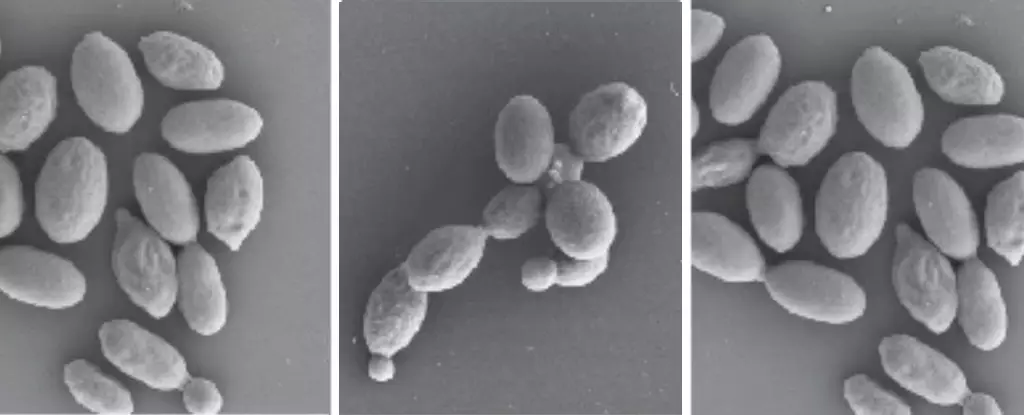In a nightmarish scenario akin to a post-apocalyptic plot, the increase in global temperatures is leading to fungi mutating in ways that not only make them hyper-infectious but also drug-resistant. Researchers from Nanjing Medical University, including Jingjing Huang, have expressed deep concern over this development. They emphasize that the danger and significance of new fungal pathogens have been severely underestimated. The ability of fungi to mutate in response to temperature changes can lead to the development of pan-drug resistance and hypervirulence, which highlights the potential impact of global warming in promoting the evolution of new fungal diseases.
Fungal infections already pose a significant threat, causing approximately 3.75 million deaths annually. Despite most fungi preferring lower temperatures than those found in the human body, the adaptation to warmer environments can alter their physiology dramatically. The emergence of Candida auris as a pathogen due to climate change serves as a stark example, highlighting the potential for other fungi to follow suit. Research conducted in China identified previously unknown fungi infecting humans, such as Rhodosporidiobolus, which displayed resistance to common antifungal medications. This shift in fungal behavior underscores the urgent need for vigilance and novel treatment options to combat emerging pathogens.
In laboratory experiments, strains of Rhodosporidiobolus demonstrated a remarkable ability to thrive in warmer temperatures and resist immune defenses. The transition to a more aggressive pseudohyphal form further enhances their survivability and virulence, posing a significant challenge for medical intervention. The resistance of these fungi to conventional antifungal drugs, such as fluconazole, caspofungin, and amphotericin B, raises serious concerns about the efficacy of current treatment regimens. The rapid generation of drug-resistant mutants highlights the adaptability of these fungal species and the potential limitations of existing pharmaceutical options.
Although some substances, like polymyxin B, showed promise in limiting the growth of Rhodosporidiobolus, their toxic effects on human cells present additional obstacles in treatment strategies. As global temperatures continue to rise, the risk of encountering drug-resistant and highly virulent fungi is expected to escalate, underscoring the critical need for new fungicide formulations and therapeutic approaches. The evolving landscape of fungal infections in a warming world necessitates concerted efforts in surveillance, research, and public health preparedness to mitigate the impact of these emerging pathogens.


Leave a Reply